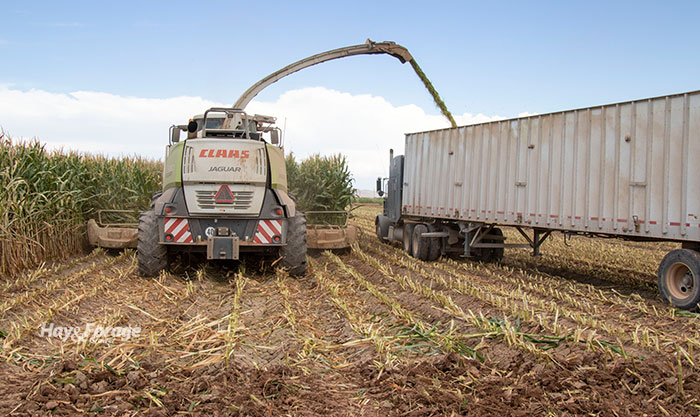
In Southern beef systems, the need for forage often comes in the fall. This is when warm-season summer pastures have played out but before fall-planted winter-annuals are ready to graze.
“In some operations, particularly in the Florida Panhandle, cows are already calving (in the fall) or about to start, which places extra pressure on the nutrition program for the lactating cow,” says Nicolas DiLorenzo, a University of Florida Extension beef specialist based at the North Florida Research and Education Center (NFREC) in Marianna.
Researchers at the NFREC have been experimenting with alternatives to bridge the fall forage gap and add value if backgrounding calves with a favorable market situation. One of the strategies being tested is storing feed from a double-cropped summer rotation of corn and sorghum silage.
Corn was planted in mid-March 2021 and harvested for silage the first week of July. It yielded 26 tons per acre (34% dry matter). Sorghum was planted in July in the same field, only a week after corn was harvested, and was chopped for silage on October 26. It yielded 11 tons per acre. Both silages were stored in bags.
The table below shows the results of an earlier January to March 2021 feeding study at NFREC in which corn and sorghum silage diets were fed. The resulting rates of gain and feed cost of gain for each of the diets are shown.
Growth performance of backgrounding heifers fed corn or sorghum silage diets (2021)

“The expected gains from diets using corn or sorghum silages as the base forage while correcting for adequate protein can be in the range of 1.5 to 3 pounds per head per day,” DiLorenzo notes. “This range in weight gains creates much needed flexibility in feeding systems that use strategic feed resources to develop heifers, background calves, or winter lactating cows, targeting optimal rates of gain for each category.”

